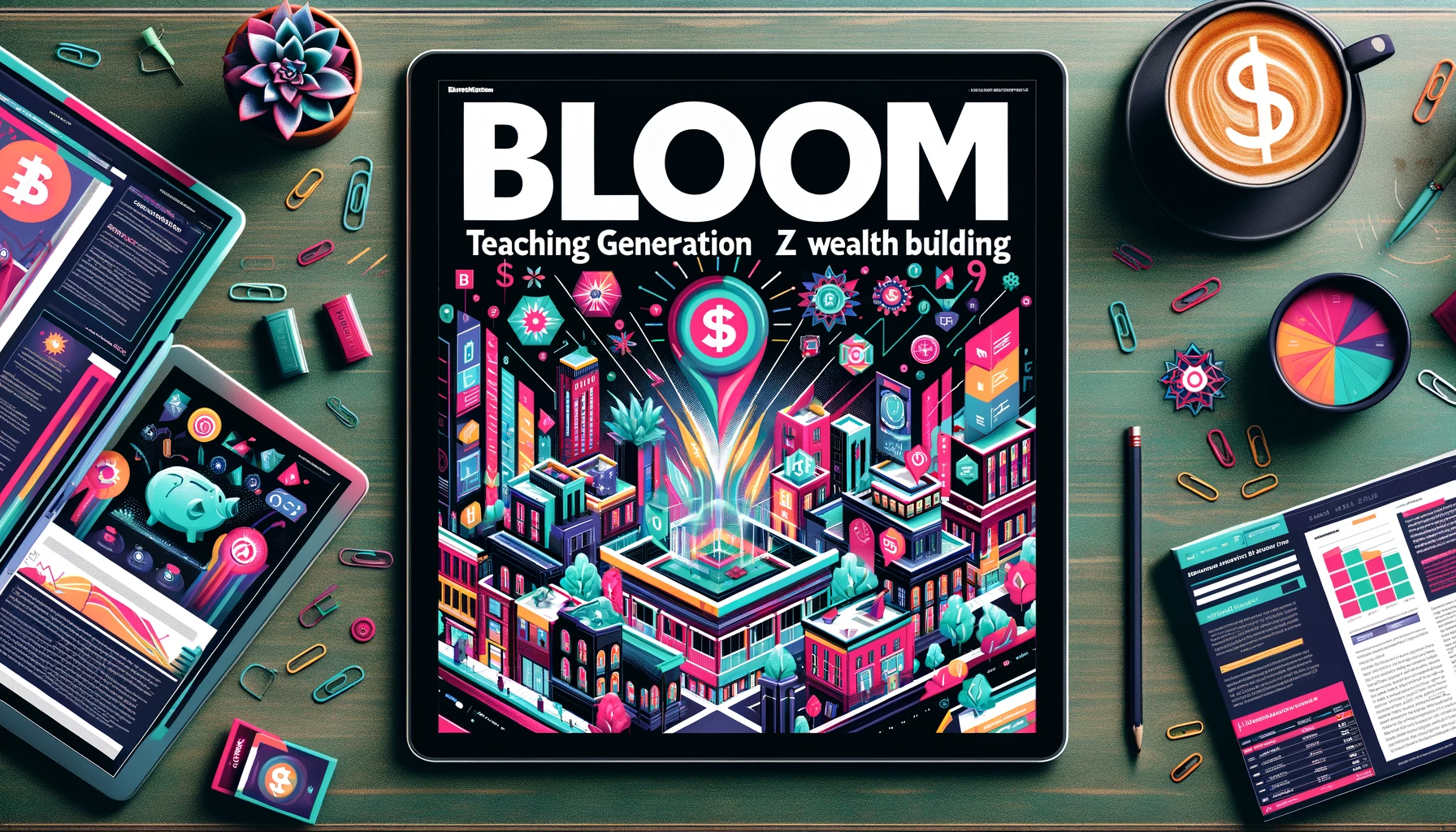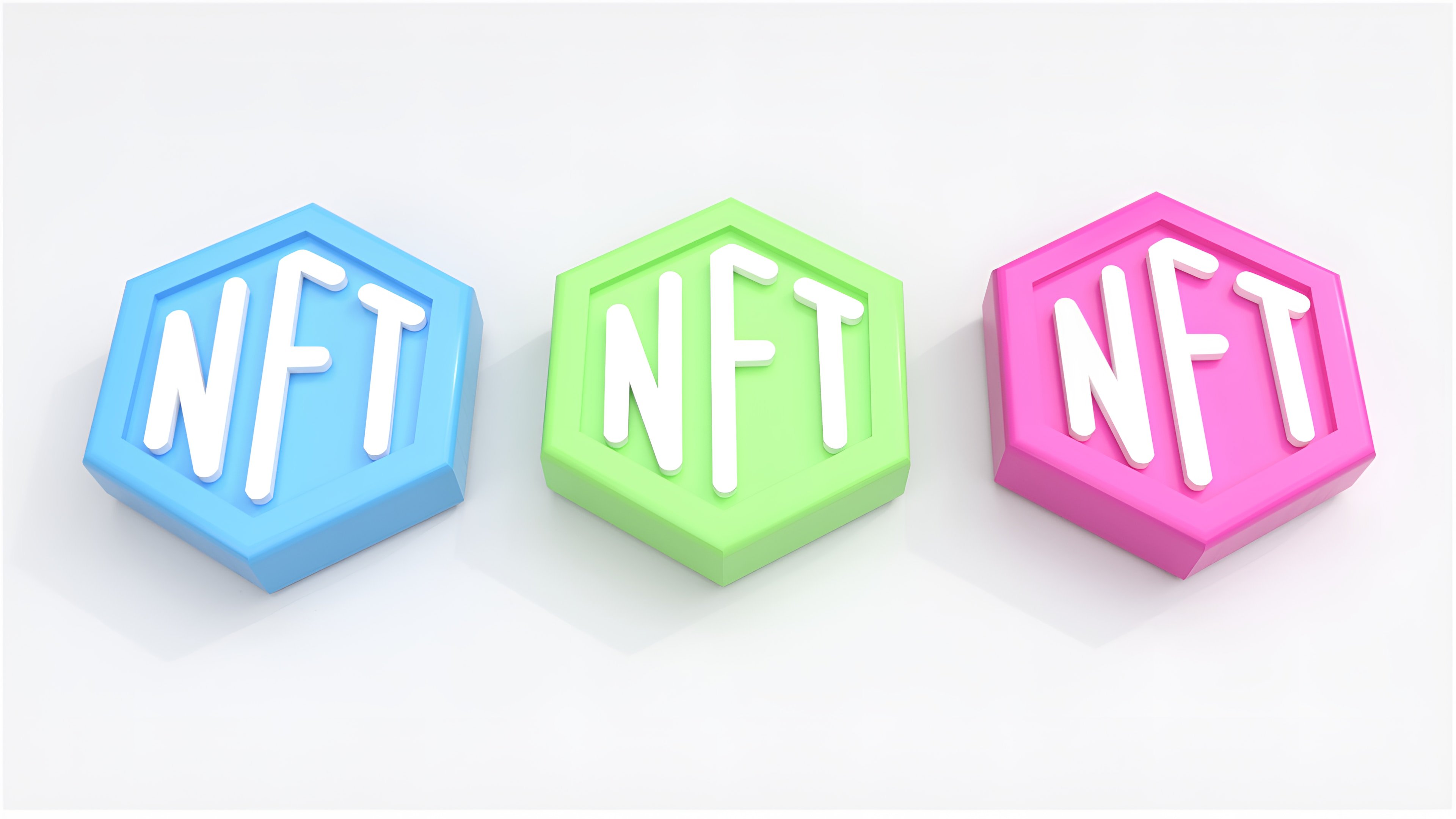Often, when we hear the term "blockchain," the first thing that comes to mind is cryptocurrencies. And it's true, Bitcoin and other digital assets have played a fundamental role in popularizing this technology. However, the potential of blockchain goes far beyond cryptocurrencies. Today, we will explore how this innovative technology is being used in various areas, from supply chain to digital rights management and more.
What is Blockchain? A Quick Introduction
Blockchain is a distributed ledger technology that stores data securely, transparently, and in a decentralized manner. It is resistant to manipulation because each block of information is verified and linked to the previous block, forming an immutable chain of data.
How does Blockchain Impact Supply Chain?
The supply chain is one of the areas where blockchain is proving its value. With its ability to record transactions securely and transparently, blockchain can track the movement of goods from origin to consumer.
This transparency improves the accountability of participants in the chain and helps prevent problems such as fraud and counterfeiting. In addition, it allows consumers to verify the origin and authenticity of products, which is especially useful in sectors such as food and beverages, fashion, and jewelry.
Ever wondered how Blockchain secures digital rights?
Blockchain is also revolutionizing digital rights management (DRM). By recording the ownership rights of digital content on a blockchain, creators can protect their work and control how it is used and distributed.
An example of this is the rise of NFTs (non-fungible tokens), which use blockchain to verify the ownership of unique digital assets, such as artwork and collectibles. This is creating new ways for artists and creators to monetize their work in the digital economy.
Revolutionizing Healthcare: The Blockchain Connection
The healthcare sector is another field where blockchain is making a difference. Blockchain's ability to store and share data securely and privately can improve interoperability between different health systems. This can lead to better medical information exchange, improving patient care and the efficiency of the healthcare system.
Additionally, blockchain can help in the management of the drug supply chain, tracking medications from the manufacturer to the patient, which can help combat the problem of counterfeit drugs.
Have you considered the possibilities of a Blockchain-driven future?
These are just a few examples of how blockchain is being used beyond cryptocurrencies. With its promise of transparency, security, and decentralization, blockchain has the potential to transform various sectors, from logistics and music to government and energy.
Nevertheless, there are also challenges that need to be overcome, including issues of scalability, privacy, and the need for clear regulatory frameworks. But as these issues are addressed, we are likely to see more and more adoption and innovation around blockchain.
Blockchain has proven to be much more than the technology behind cryptocurrencies. It is a transformative force with the potential to change the way we operate and do business. By looking beyond Bitcoin and other cryptocurrencies, we can begin to appreciate the true scope and potential of blockchain.





